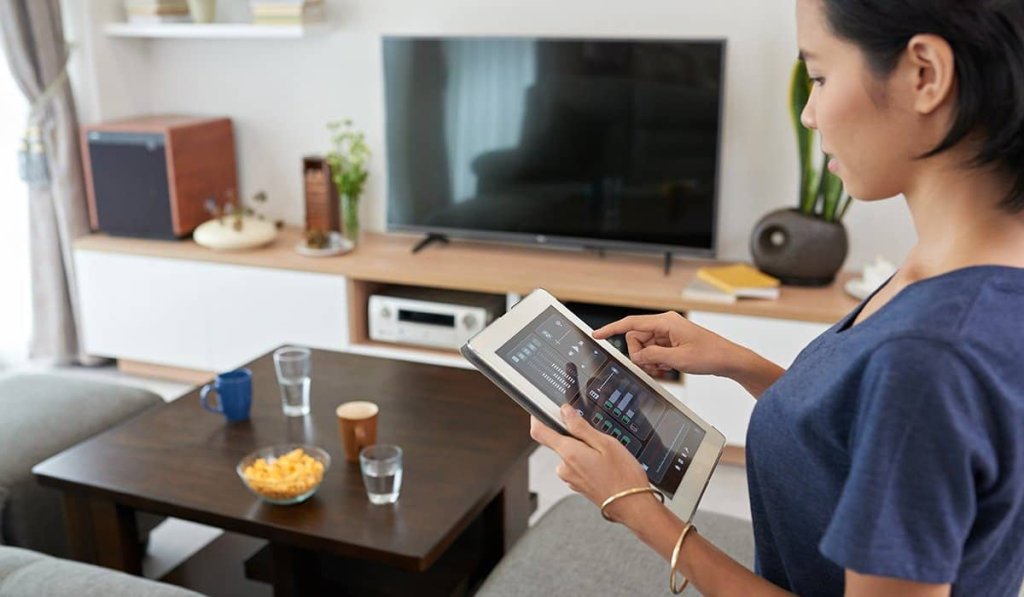Innovative home technologies encompass devices that offer digitally connected, automated, or enhanced services to residents. The prominence of smart homes in current discussions about energy efficiency, climate change, and sustainable buildings is notable. To be considered “smart,” automated home technologies, like Progressive Desk, should possess at least four of the following elements: digital connectivity, user-controlled enhancements, automation capabilities, and the ability to learn.
In essence, automated home technologies integrate various forms of sensing, local processing, and cloud-based processing to deliver insights, cost savings, convenience, and automation to users. Many of these technologies allow users to interact with them through smartphones and other internet-connected devices, constantly advancing the landscape of automation.
As the smart technologies landscape continues to evolve, it is undeniable that the smart home revolution is already underway. These technologies have the potential to become defining features in the transition towards sustainable power at the household, energy grid, and city scales.
The significance of home automation technologies with smart features is evident in the expanding market for such technologies. In 2019 alone, consumer adoption of smart home-related hardware, services, and installation fees witnessed an 11% growth, resulting in over 880 million devices sold. Looking ahead, projections indicate that the number of internet-connected devices could reach a staggering 21 billion by 2025, while the total market value of smart and connected homes is estimated to reach $262.6 billion in the same year.
New Technologies for Home Smartening Up to Consume Energy Efficiently
Residential energy consumption constitutes a significant portion of global electric power usage due to people spending a majority of their time at home. Presently, automation systems have a profound impact on daily life and the global economy. Home automation systems exert control over various aspects of a household, including lighting, ambiance, and appliances. These systems aid in reducing electricity bills by managing device operating times, compensating for instances when consumers forget to turn off devices, resulting in prolonged usage. The increasing popularity of home automation can be attributed to recent hardware advancements, which have significantly lowered costs and enhanced capabilities. This rise is also facilitated by the ongoing technological advancements and easy access to relevant information.
A “Smart Home” is an integral component of the Internet of Things (IoT) concept. It allows for the interconnection of objects and devices within a home, enabling remote monitoring and control by users. Smart home technology finds applications in diverse domains, ranging from residential settings to industrial environments. The integration of wireless sensor network technologies into IoT facilitates a global network of intelligent devices with advanced functionalities. Home automation protocols serve as the communication language used by smart home devices to interact with one another.
These protocols can be categorized as wired or wireless. When selecting a home automation protocol, compatibility with technologies such as Wi-Fi, Zigbee, UPB, Z-Wave, and others is crucial. Nowadays, smart home technology is found in a wide array of household devices, including energy-saving dimmable lighting, sun-blocking shutters, and noise-reducing blinds.
Related technologies aim to make homes “smart” by integrating various devices, systems, and sensors that work together to monitor and control power usage, ultimately reducing waste and lowering energy bills. Here are some examples of such technologies:
Smart Thermostats: enable homeowners to control their heating, ventilation, and air conditioning (HVAC) systems more efficiently. They learn occupants’ behavior patterns and adjust temperature settings accordingly, optimizing energy usage based on occupancy and environmental conditions.
Power Monitoring Systems: provide real-time data on energy consumption, helping homeowners identify areas of high power usage and make informed decisions about energy-saving measures. They may include smart meters, power monitors, and mobile apps that provide insights and recommendations.
Home Energy Management Systems (HEMS): HEMS integrate various smart devices and appliances in a home, allowing users to monitor and control their power usage. These systems enable scheduling and automation of devices to minimize energy waste and prioritize power usage during off-peak hours when electricity rates are lower.
Smart Lighting: energy-efficient lighting solutions, such as LED bulbs, can be further enhanced by incorporating smart lighting controls. These controls enable homeowners to adjust lighting levels, set schedules, and use motion sensors to automatically turn off lights in unoccupied rooms, reducing unnecessary power consumption.
Smart Appliances: modern appliances, such as refrigerators, washing machines, and dishwashers, can be equipped with smart features. These appliances can optimize their energy usage based on factors like load size, time of day, and power pricing, resulting in more efficient operations and reduced energy waste.
Renewable Energy Integration: home energy smartening often involves the integration of renewable power sources, such as solar panels or wind turbines. These systems generate clean power that can power the home, and surplus power can be stored or fed back into the grid, promoting energy self-sufficiency and reducing reliance on fossil fuels.
Artificial Intelligence (AI) and Machine Learning: advanced algorithms and AI-powered systems can be employed to analyze power usage patterns, weather forecasts, and occupant behavior to make predictive adjustments and optimize energy consumption. These technologies can learn from historical data to continuously improve power efficiency.

